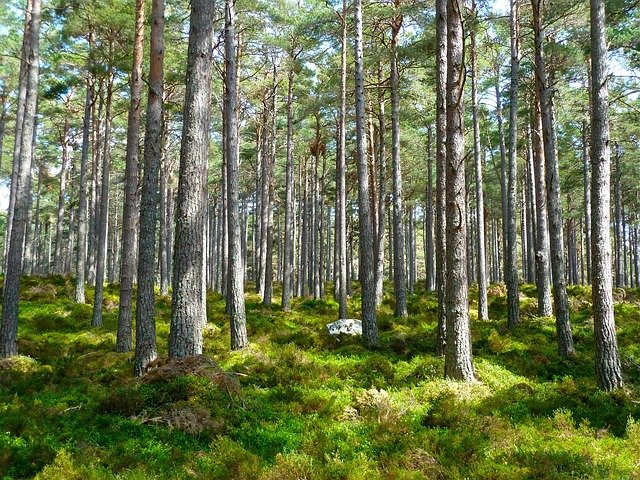**Title: "The Evolution of Storytelling in Video Games

The Secret Lives of Urban Wildlife: Adapting
Urban environments are bustling with human activity, but they also serve as unique habitats for a variety of wildlife. From raccoons rummaging through trash bins to peregrine falcons nesting on skyscrapers, urban wildlife has found ways to adapt and thrive in the concrete jungle. In this post, we’ll explore the secret lives of these remarkable creatures and how they navigate the challenges of city living.
The Adaptation of Urban Wildlife
1. Finding Food Sources
One of the most significant challenges for wildlife in urban areas is finding food. Many animals have adapted their diets to take advantage of the plentiful resources in cities.
- Raccoons: Known for their dexterous paws, raccoons have become experts at opening garbage cans and scavenging leftovers.
- Pigeons: Once primarily seed-eaters, pigeons have shifted to a diet that includes human food scraps.
- Squirrels: These agile creatures have learned to raid bird feeders and forage in parks, making them a common sight in urban settings.
2. Shelter and Nesting
Urban wildlife has also adapted their nesting habits to utilize the structures available in cities.
- Birds: Many species, such as sparrows and starlings, have taken to nesting in building eaves, ledges, and even in the nooks of bridges.
- Bats: These nocturnal mammals find refuge in attics, under bridges, and in abandoned buildings, where they can roost during the day.
- Foxes: Urban foxes have been known to create dens in gardens, parks, and even under sheds, taking advantage of the green spaces within cities.
3. Navigating Urban Landscapes
Urban wildlife has developed unique ways to navigate their surroundings, often adapting their behavior to avoid human interactions.
- Timing: Many animals are more active during the early morning or late evening when human activity is at its lowest.
- Stealth: Some species, like coyotes, have become adept at moving silently through neighborhoods, often unnoticed by residents.
- Learning: Urban animals are quick learners, often adjusting their behaviors based on experiences with humans, traffic, and other urban challenges.
The Benefits of Urban Wildlife
Urban wildlife plays a crucial role in maintaining ecological balance within cities. Here are some benefits they provide:
- Pest Control: Birds, bats, and other wildlife help control insect populations, reducing the need for chemical pesticides.
- Pollination: Bees and butterflies contribute to the pollination of urban gardens and parks, supporting biodiversity.
- Education and Awareness: Observing wildlife in urban settings can foster a greater appreciation for nature and encourage conservation efforts.
Conclusion
The secret lives of urban wildlife are a testament to nature's resilience and adaptability. As cities continue to grow, it’s essential to recognize and appreciate the wildlife that shares our urban spaces. By creating wildlife-friendly environments and reducing human-wildlife conflicts, we can ensure that both humans and animals thrive in our cities.
Get Involved!
If you’re interested in supporting urban wildlife, consider the following actions:
- Create Wildlife Habitats: Plant native species in your garden to provide food and shelter.
- Reduce Waste: Secure trash bins to prevent scavenging and reduce litter.
- Support Local Conservation Efforts: Get involved with local wildlife organizations and participate in community clean-up events.
Together, we can help our urban wildlife flourish and maintain the delicate balance of nature in our cities!

All images are taken from the Pixabay.com